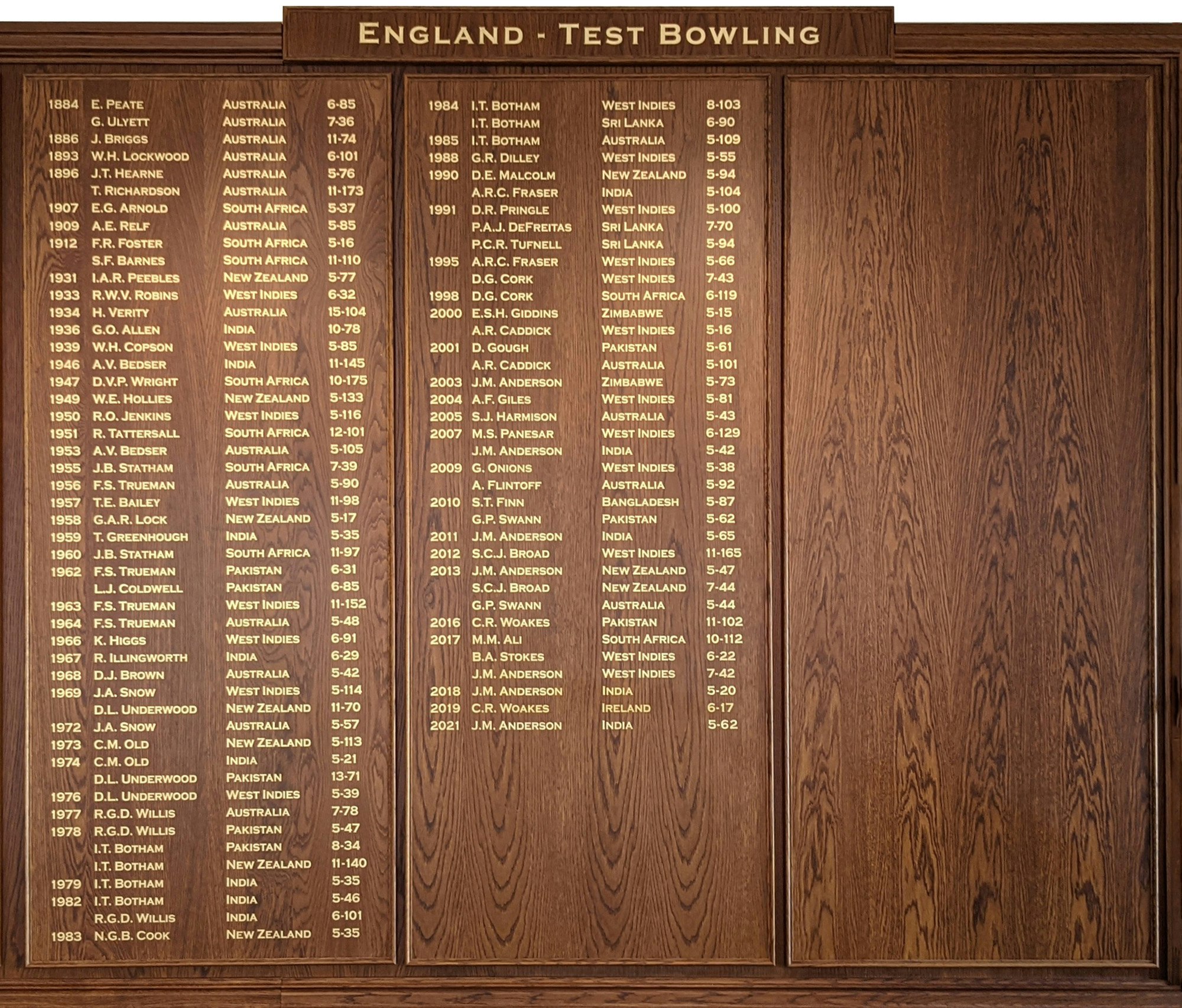This article is taken from the June 2024 issue of The Critic. To get the full magazine why not subscribe? Right now we’re offering five issues for just £10.
There have been longer Test careers than Jimmy Anderson’s but not many, not recently and not amongst pace bowlers. The Lancashire seamer has trotted up to the wicket 39,877 times in a Test match (only two non-spinners have even bowled 30,000 times), and when he takes the new ball for the last time in July he will be into his 22nd year as an England cricketer.
Exactly 100 teammates have made their Test debut since Anderson became England cap No 613 in 2003, and two were not even born when he first bowled for his country. No 612, Rob Key, is now managing director of the England team and has decided, with Brendon McCullum, the head coach, that now is the time to draw stumps. Anderson, who had been hoping for a last Ashes series in 2025–26 at the age of 43, felt he had more to give but will instead go out at Lord’s, where it all began.
What a debut that was against Zimbabwe: five wickets in his first innings, four of them bowled, and a place on the bowlers’ honours board. He now appears there seven times, topped by his career-best seven for 42 against West Indies in 2017. What chance of an eighth five-wicket haul, to equal Ian Botham’s record, against the same opponents in his farewell Test, which starts on 10 July?
Anderson will be hoping for a last script like those enjoyed by two of his closest friends. Sir Alastair Cook was a mere 33 when he decided to retire from internationals in 2018, burnt out after a record 159 consecutive Tests without a break, but he left on a high at the Oval, making 147 in a win over India. Last summer, at the same ground, Stuart Broad, Anderson’s longest new-ball partner, hit the last ball he faced for six, then took the final two wickets in an Ashes win.
A few sportsmen get gloriously unexpected golden goodbyes. Sam Waley-Cohen, for instance, announced that the 2022 Grand National would be his last as a jockey and then won it for the first time on the 50–1 Noble Yeats. Some went out on a high but didn’t realise it was their last hurrah at the time, such as when Pete Sampras won a fourteenth grand slam title in tennis, beating his great rival Andre Agassi to claim the US Open in 2002. Sampras then spent a year away from the circuit before he realised he could never top that as a finale and retired.
Andy Sandham made 325 in his final Test innings for England in Kingston in 1930, shattering the world record of 287 in a pair of ill-fitting boots he had borrowed from Patsy Hendren. Though pushing 40, Sandham intended to play another series until he broke his ankle in a car accident and his career was over.

Similarly, Sydney Barnes may not have realised that England’s fourth Test in South Africa in 1914, in which he took 14 wickets, would be his last. He refused to play in the fifth because of an argument with the management, and events in Sarajevo that summer meant he did not get another chance.
Others find their planned departure misfires. Megan Rapinoe, twice winner of the women’s football World Cup, said she would retire after last year’s Women’s Soccer League final, a title she had never won. The American limped off after three minutes with a torn Achilles. Usain Bolt’s final World Athletics Championships in 2017 ended with a bronze in the 100 metres before he pulled up with a hamstring injury in the sprint relay. Zinedine Zidane could only blame himself for the way his last football match ended: sent off in the 2006 World Cup final for headbutting. We trust Anderson will avoid that.
The best example of a great player who flopped on his farewell is, of course, Don Bradman. The Australian’s 20-year dominance ended with him being cheered to the wicket at the Oval in 1948, seeing the England team all doff their caps to him and then misreading Eric Hollies’ googly to be out for a duck. Bradman needed only four runs to end with a career average of 100: in hindsight, that blemish, like a pimple on a starlet’s face, only emphasises how close he came to perfection.
There are, however, greater glories than mere statistics. Perhaps Anderson should prepare for his last hurrah by watching the 1953 film The Final Test. Written by Terence Rattigan, it features Jack Warner, then aged 57 and looking it, as an England batsman and widower who is making his last appearance.
He hopes it might impress his teenaged son, who is more interested in poetry and finds cricket frightfully dull. This, the lad is scornfully told, is the whole point: “The measure of the vast superiority of cricket over any other game is that it steadfastly refuses to cater to this boorish craving for excitement.”
With a supporting cast including Len Hutton, Denis Compton, Alec Bedser and Godfrey Evans, all greats of the time, Warner comes out to bat on the final day and is dismissed leg-before to his fourth ball, but the son sees the enthusiastic and respectful ovation he is given by his opponents and the whole crowd and suddenly realises what true greatness is. Lola and Ruby Anderson will discover their Dad gets the same reception, even if he doesn’t take a single wicket.
Enjoying The Critic online? It's even better in print
Try five issues of Britain’s most civilised magazine for £10
Subscribe



